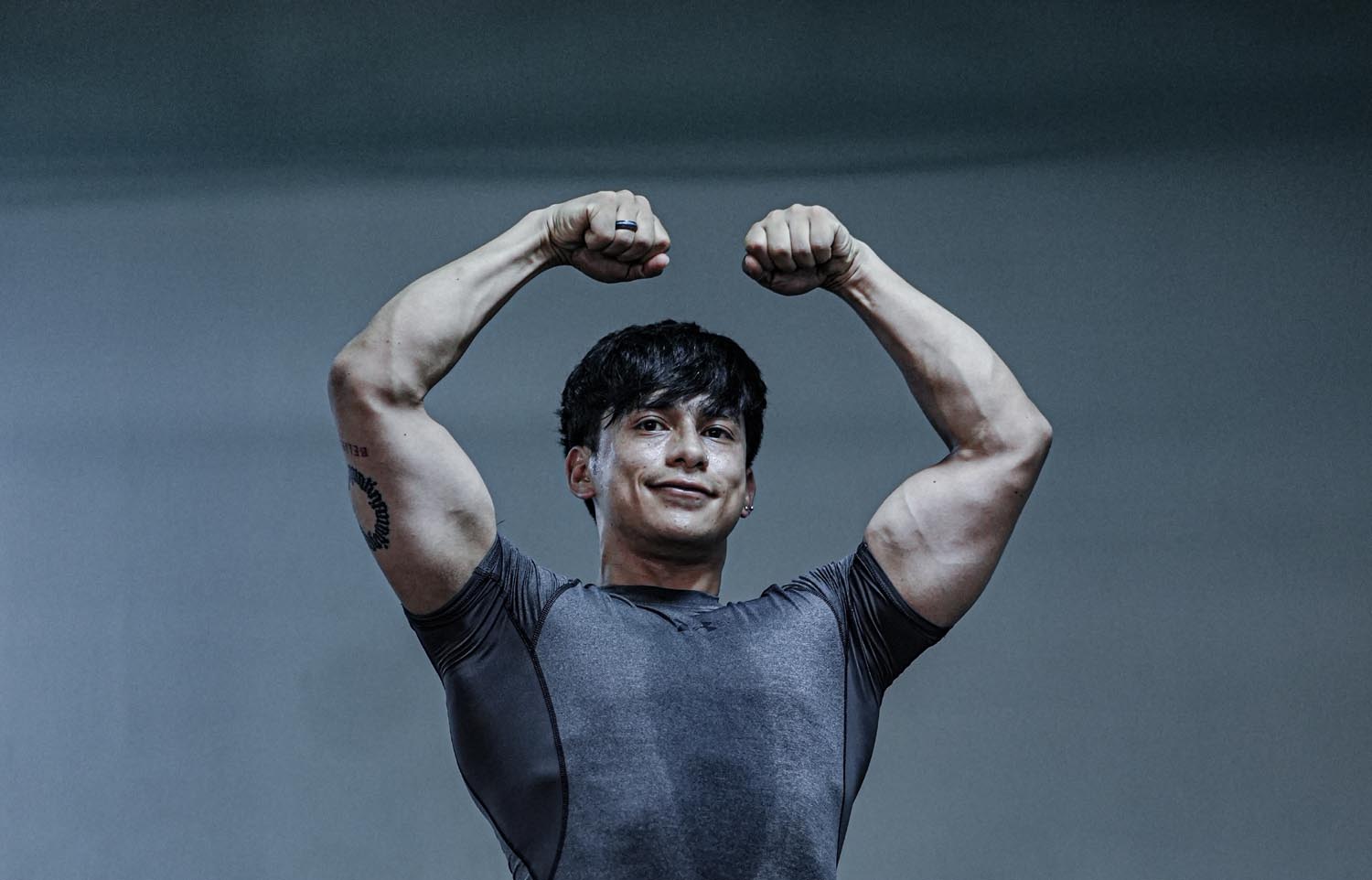Culture & Lifestyle
Posture workout can transform your well-being
Coach Shiva Raj Tamang shares insights on posture fitness, offering exercises to improve alignment and cut down on injuries.
Post Report
Shiva Raj Tamang, a personal coach and trainer at The Pump, discusses methods for improving posture, highlights how posture affects overall health, and demonstrates easy exercises to strengthen core muscles, enhance alignment, and reduce the risk of injuries.
Can you tell us about posture exercises?
Posture workouts focus on developing lean muscles to support the spine and maintain proper alignment. These exercises strengthen the core, back, shoulders, and hips, promoting balance, stability, and overall alignment to prevent slouching or rounding forward during the day.
Why is maintaining good posture so important for health?
Good posture helps muscles, ligaments, and joints work as nature intended, ensuring no under-tensile forces across certain body structures. It also improves breathing, digestion, and circulation, prevents injury, and enhances movement patterns ideal for exercise and daily life.
What are the common posture issues you see among gym-goers?
Some common postural problems are rounded shoulders (kyphosis), forward head posture, and excessive anterior pelvic tilt. The most common causes of these misalignments are prolonged sitting, bad form in workouts, or muscle imbalances.
How does poor posture affect someone’s workout?
Poor posture can limit the range of motion, reduce strength, and compromise technique, raising the risk of ineffective workouts and injuries. It also causes discomfort, fatigue, and persistent pain, disrupting your daily activities.
Can poor posture lead to injuries?
Poor posture leads to muscle imbalances, repetitive strain injuries, and joint issues. This strains some muscles and ligaments, resulting in tendonitis, herniated disks, or long-term back and neck pain.
What are some of the best exercises to improve posture?
Key exercises include:
Planks (for core stability)
Rows and reverse flys (work the upper back and shoulder muscles)
Cat-cow stretches (to help move the back)
Glute bridges ( for lower back and hip)
Stiff wall slides to help maintain scapular and thoracic spine positioning
How often should someone incorporate posture exercises into their routine, and are there any exercises beginners can start at home without equipment?
Performing posture exercises and other workout components two to three times a week is recommended. Maintaining regular postural awareness and incorporating stretching exercises daily can help reinforce these improvements. I considered writing about beginner-friendly exercises that can be done at home without equipment. Some suitable exercises include:
Wall Sits: Engages the core and lower body.
Shell Blade Squeezes: Strengthens the upper back muscles.
Seated Forward Folds: Stretches the hamstrings and lower back.
Cat-Cow Stretches: Promotes movement in the spine.
These exercises require no equipment, making them convenient to practice at home.
Which muscle groups are most important to focus on for better posture?
Good posture is supported by a strong core, back (both upper and lower), shoulders, and glutes. Strengthening these areas helps stabilise the spine and prevents slouching.
Are there posture-related tips you recommend for those who sit for long periods or work at a desk?
Frequent stand and stretch breaks
To improve your posture, sit flat on the ground, knees at a 90-degree angle, and your back straight.
Set your monitor at eye level to prevent head forward posture.
Stretch throughout the day with seated stretches like spinal twists or shoulder rolls.
Does good posture play a role in other activities like running, cycling, or yoga?
Of course, good posture is important in everything. For example, for runners, it ensures better breathing, allowing joints to be loose. Likewise, cycling aids in minimising low back stress and maximally limits neck strain. It helps you balance your body in yoga poses and hold the poses for longer intervals, leading to strengthening and flexibility.

What are some common mistakes people make when trying to improve their posture?
A few of these mistakes are overcorrecting by forcing the spine into a rigid position, avoiding flexibility or mobility work altogether, and only strengthening certain muscles without fixing imbalances or tightness in working opposite muscle groups.
How long does it take to see improvements in posture with regular exercises?
Some will notice improvements after 4-6 weeks, but this varies on a plethora of factors, like how bad each habit is to start with, what other issues they may have that need working on, and how hard they go in.
Do you recommend any specific tools to help with posture improvement?
Tools like foam rollers, resistance bands, posture correctors, and stability balls can support posture improvement. During workouts, these can help with muscle activation, flexibility, and postural alignment.
Is there a specific case where a client saw significant health or performance improvements after correcting their posture?
Yes, clients with chronic back pain experience significant relief after improving their posture. In one case, a client with a forward head posture saw improved breathing, reduced neck pain, and increased overall workout performance after consistently practising posture exercises for two months.




 17.12°C Kathmandu
17.12°C Kathmandu














